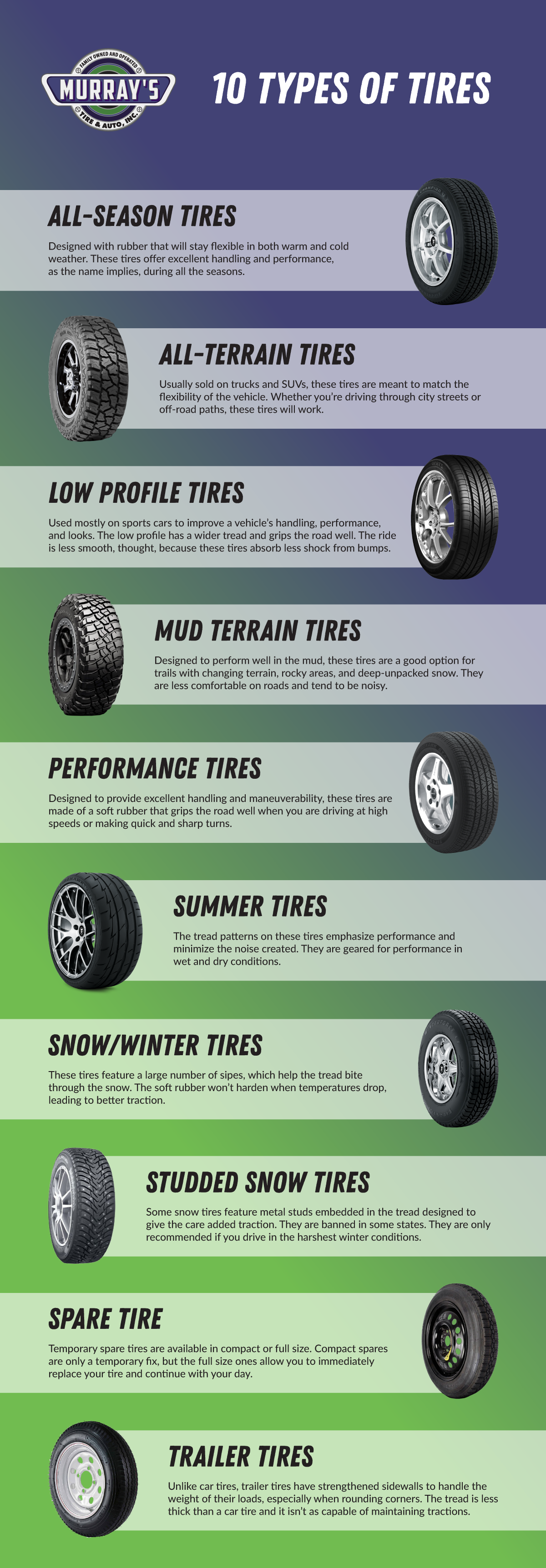
Is it Okay to Have Two Different Tire Brands?
As I embarked on my daily commute, my car’s handling felt noticeably off. During a pit stop at the tire shop, the mechanic revealed an unsettling truth – two of my tires were from different brands, a mismatch that potentially compromised the vehicle’s stability and safety. This incident propelled me on a quest to understand the implications of mixing tire brands and whether such a practice is advisable.
The consensus among automotive experts is clear: it is generally not recommended to have two different tire brands on the same vehicle, particularly on the same axle. Tires play a crucial role in a car’s performance, handling, and safety, and mixing brands can introduce inconsistencies that affect overall stability and control.
Understanding Tire Differences
Different tire brands employ varying designs, materials, and manufacturing processes, resulting in variations in tread patterns, rubber compounds, and construction. These differences can lead to discrepancies in traction, grip, and handling, potentially affecting the car’s stability and responsiveness.
For example, a tire designed for wet conditions may have a deeper tread pattern for better water displacement, while a tire meant for dry performance may prioritize a shallower tread and harder rubber compound for improved grip. Mixing tires with different tread patterns or rubber formulations can compromise these intended performance characteristics, leading to uneven wear, reduced handling, and potentially unsafe driving conditions.
Safety Considerations
Mixing tire brands can also pose safety concerns. In the event of an emergency maneuver or a sudden change in road conditions, tires with different handling characteristics may react differently, potentially compromising the driver’s ability to maintain control of the vehicle.
Furthermore, different brands of tires may have varying lifespans and replacement intervals. This can lead to uneven tire wear and potentially unsafe driving conditions if one tire fails prematurely. It is crucial to ensure that all tires on the same vehicle are replaced at approximately the same time to maintain optimal performance and safety.
Exceptions to the Rule
In certain limited circumstances, it may be acceptable to have two different tire brands on the same vehicle. For instance, if a spare tire is used temporarily, it is not necessary for it to match the other tires exactly. However, it is important to note that spare tires are only intended for temporary use and should be replaced with a matching tire as soon as possible.
Another exception might arise if the vehicle has a non-directional spare tire. Non-directional tires can be mounted on any wheel position, regardless of the direction of rotation. However, it is still important to ensure that the non-directional tire is compatible with the other tires on the vehicle in terms of size, speed rating, and load index.
Expert Advice
To ensure optimal performance and safety, it is advisable to equip your vehicle with a matching set of tires from the same brand. If you need to replace only one or two tires, consult a qualified mechanic to determine the most suitable tires for your vehicle and driving conditions.
Here are some expert tips to keep in mind when choosing tires:
- Consider your driving needs and conditions. Different tires are designed for different purposes, such as all-season, performance, or off-road driving. Choose tires that are appropriate for your typical driving conditions.
- Match the tires to your vehicle. Tires should be the correct size, speed rating, and load index for your vehicle. Refer to your vehicle’s owner’s manual or consult with a tire professional to determine the appropriate specifications.
- Purchase tires from a reputable manufacturer. Look for tires from well-known and trusted brands that have a good reputation for quality and performance.
Frequently Asked Questions
Q: Can I mix tire brands on different axles?
A: It is generally not advisable to mix tire brands on the same axle. However, it may be acceptable to have different brands of tires on the front and rear axles, provided that the tires are compatible in terms of size, speed rating, and load index.
Q: What happens if I mix tire brands?
A: Mixing tire brands can lead to uneven wear, reduced handling, and potentially unsafe driving conditions. Different tire brands have varying designs, materials, and construction, which can result in inconsistencies in traction, grip, and handling.
Q: Is it okay to use a different brand of spare tire?
A: It is generally acceptable to use a different brand of spare tire, provided that it is the correct size and speed rating for your vehicle. However, spare tires are only intended for temporary use and should be replaced with a matching tire as soon as possible.
Conclusion
While it may be tempting to mix tire brands to save money or because you have a spare tire from a different vehicle, it is generally not advisable to do so. Mixing tire brands can compromise your vehicle’s performance, handling, and safety. It is crucial to equip your vehicle with a matching set of tires from the same brand to ensure optimal performance and peace of mind on the road.
Are you interested in learning more about tire safety and maintenance? Stay tuned for more informative articles on our blog!

Image: www.sellmytires.com

Image: www.sellmytires.com
Can You Put Different Brand Tires On Your Car? (Explained) Yes, but if you cannot afford to have all 4 replaced at the same time so that they wear the same, replacing two is OK. If it’s an AWD, then you would want to change out all 4 tires. For other cars, if you can’t get the same tire, then try to match the tread pattern as closely as possible. You would want to at least get a set (2) Yes it’s ok to